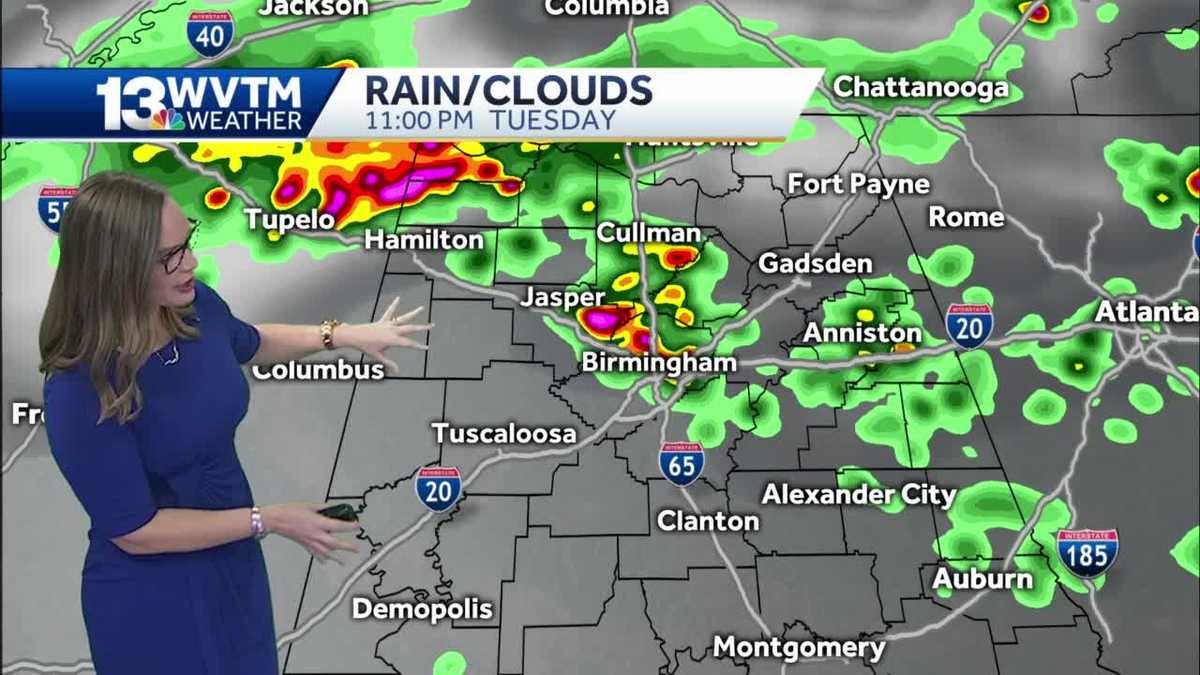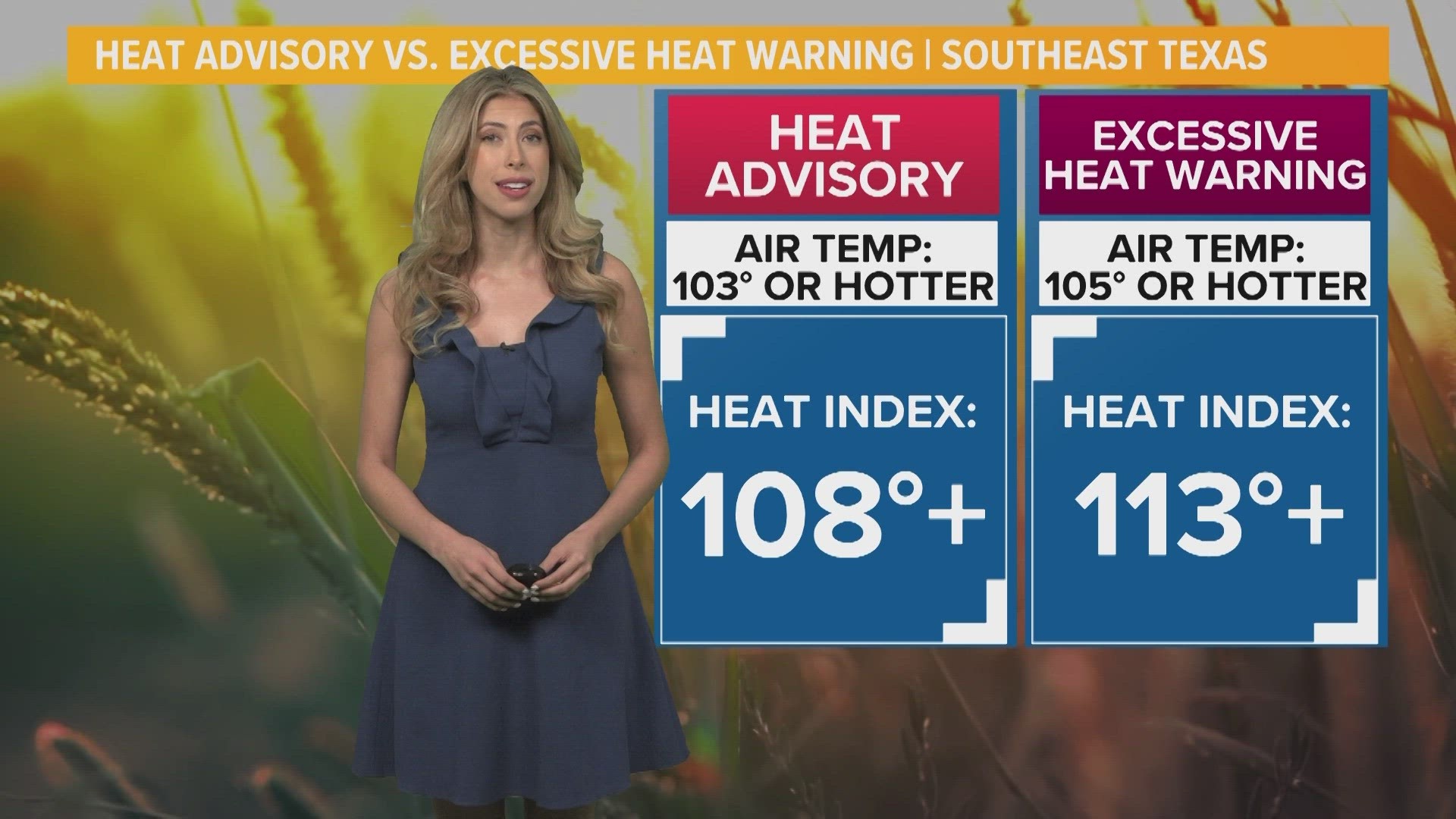Are Excessive Heat Warnings Missing From Your Forecast?

Table of Contents
Understanding Excessive Heat Warnings and Their Significance
An Excessive Heat Warning is issued when prolonged periods of dangerously hot weather are expected. Criteria for issuing these warnings vary by location but generally involve sustained high temperatures, often combined with high humidity, creating a potentially life-threatening environment. The specific temperature thresholds and duration required to trigger an Excessive Heat Warning are determined by local meteorological agencies based on historical data and the region's climate. These warnings differ from Heat Advisories, which indicate that the heat may become dangerous within a few days, and other less severe heat-related alerts.
The health risks associated with extreme heat are substantial. Prolonged exposure can lead to:
- Heat stroke: A life-threatening condition characterized by a body temperature above 103°F (39.4°C), confusion, seizures, and loss of consciousness.
- Dehydration: A dangerous depletion of body fluids, leading to fatigue, dizziness, and potentially organ damage.
- Cardiovascular issues: Extreme heat can strain the heart, increasing the risk of heart attacks and strokes, particularly in individuals with pre-existing conditions.
The impact of extreme heat extends beyond individual health:
- Increased risk of heat-related illnesses and deaths.
- Disproportionate impact on vulnerable populations, including the elderly, infants, people with chronic conditions, and those without access to air conditioning.
- Significant economic consequences, including lost productivity due to illness and reduced agricultural yields.
Factors Contributing to Missing or Inadequate Excessive Heat Warnings
Several factors contribute to the shortcomings in issuing timely and effective Excessive Heat Warnings:
-
Limitations in weather forecasting technology: Current weather models, while improving, still face challenges in accurately predicting the precise timing, location, and intensity of extreme heat events, especially at a hyperlocal level.
-
Climate change: The undeniable impact of climate change is exacerbating the frequency and severity of heatwaves, increasing the demand on forecasting systems and highlighting the need for improved predictive capabilities.
-
Data collection and monitoring gaps: Insufficient weather stations, particularly in remote or underserved areas, can lead to incomplete data and inaccurate forecasting. Furthermore, delayed or inaccurate data transmission further hinders accurate predictions.
-
Challenges in communication: Language barriers, limited access to information technology, and ineffective communication strategies can prevent warnings from reaching vulnerable populations who need them most.
-
Insufficient weather stations in certain areas.
-
Inaccurate or delayed data transmission from existing stations.
-
Lack of public awareness regarding heat-related risks and protective measures.
-
Ineffective communication strategies that fail to reach all at-risk populations.
Improving the Accuracy and Dissemination of Excessive Heat Warnings
Improving the accuracy and effectiveness of Excessive Heat Warnings requires a multi-pronged approach:
-
Investment in weather forecasting and monitoring: Improved weather forecasting models, utilizing advanced data analysis techniques and incorporating real-time data streams, are essential. This includes investing in a denser network of weather stations, particularly in data-sparse regions.
-
Enhanced public awareness campaigns: Public education is crucial. Targeted campaigns should inform populations about the dangers of extreme heat, provide practical heat safety tips, and explain how to interpret different heat-related warnings.
-
Leveraging technology for dissemination: Utilizing technology such as mobile alerts, social media platforms, and community-based warning systems ensures that warnings reach diverse populations quickly and effectively. These platforms offer opportunities for hyperlocal targeting based on vulnerability and accessibility.
-
Development of more accurate, hyperlocal forecasting models capable of predicting extreme heat events with greater precision.
-
Integration of real-time health data to better assess the impact of heatwaves on vulnerable populations.
-
Targeted communication campaigns for at-risk populations, utilizing multiple channels and languages.
-
Wider adoption of mobile apps and social media platforms to disseminate timely warnings and provide crucial safety information.
Case Studies: Where Excessive Heat Warnings Failed and Lessons Learned
(Specific case studies would be inserted here, detailing locations, dates, impacts, and the deficiencies in warning systems that contributed to negative outcomes. Each case study would highlight specific lessons learned and recommendations for improving future warning systems).
- Case study 1: [Location, Date, Impact, Deficiencies]
- Case study 2: [Location, Date, Impact, Deficiencies]
- Case study 3: [Location, Date, Impact, Deficiencies]
Staying Safe With Accurate Excessive Heat Warnings
The challenges in providing timely and accurate Excessive Heat Warnings are significant. However, by investing in advanced forecasting technologies, improving data collection, and enhancing public awareness through effective communication strategies, we can mitigate the devastating impact of extreme heat events. Individuals and communities must also play a proactive role in preparing for and responding to extreme heat.
We must continue to advocate for improved weather services in our communities and demand better forecasting and dissemination of vital Excessive Heat Warnings. Stay informed about heat warnings through reliable sources, prepare a personal heat action plan, and learn more about how to prepare for and respond to excessive heat warnings in your area. Your safety depends on it.

Featured Posts
-
 Valley High School Coach Receives Regional Coach Of The Year Award
May 30, 2025
Valley High School Coach Receives Regional Coach Of The Year Award
May 30, 2025 -
 Augsburgs Trainer Rauswurf Kommentar Zur Aktuellen Situation
May 30, 2025
Augsburgs Trainer Rauswurf Kommentar Zur Aktuellen Situation
May 30, 2025 -
 Missing Excessive Heat Warnings A Look At The Forecasting Challenges
May 30, 2025
Missing Excessive Heat Warnings A Look At The Forecasting Challenges
May 30, 2025 -
 The Reasons Behind Missing Excessive Heat Warnings In Weather Forecasts
May 30, 2025
The Reasons Behind Missing Excessive Heat Warnings In Weather Forecasts
May 30, 2025 -
 Andre Agassis Pickleball Debut First Pro Tournament Appearance
May 30, 2025
Andre Agassis Pickleball Debut First Pro Tournament Appearance
May 30, 2025
